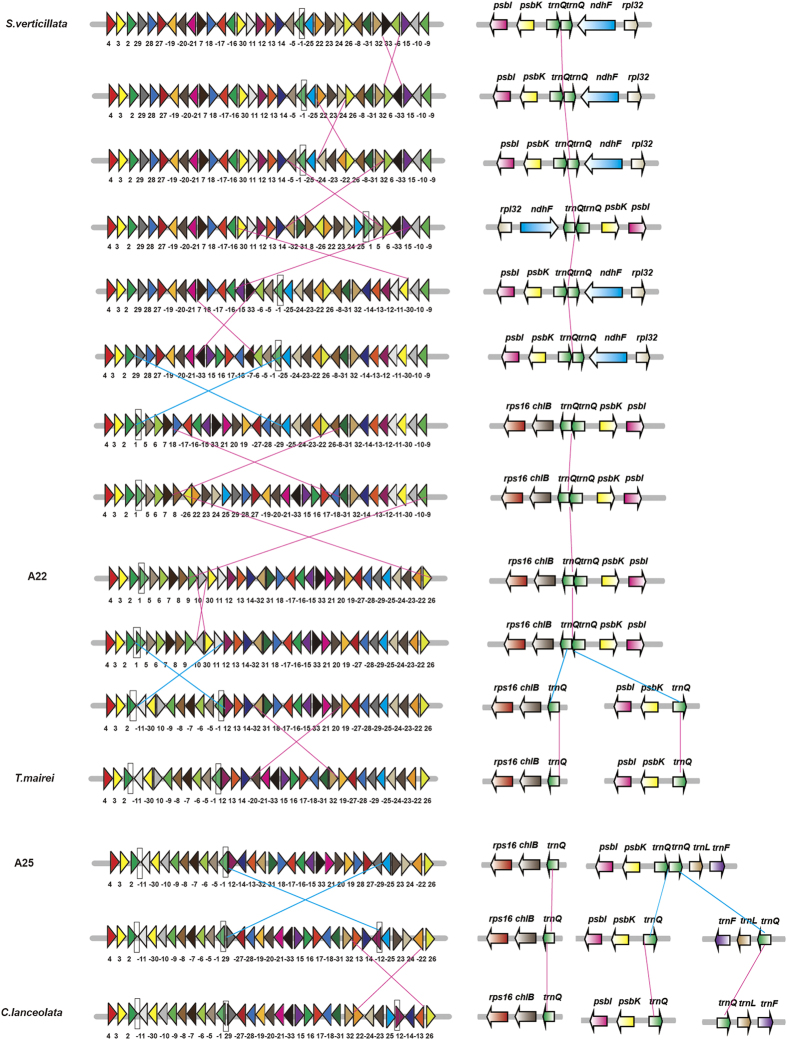Figure 3. The formation mechanism of trnQ-UUG inverted repeat sequence along with the plastomic rearrangements in cupressophytes.
Two hypothetical evolutionary scenarios for plastomic rearrangements were shown: from Sciadopitys verticillata to Taxus mairei and from A25 to Cunninghamia lanceolata. Plastomes are circular but here are shown in gray bars. Locally collinear blocks (LCBs) with their relative orientations were indicated with color triangles. Inversions between two plastomes were linked by carmine and blue lines. Three pairs of blue lines denote the inversion occurred between LCB 29 and 1, LCB 1 and 11, LCB 12 and 29. The locations of trnQ-UUG in the LCB were shown in the black box. The arrows in the right panel denote the specific location of trnQ-UUG. The direction of arrows denotes the orientations of the gene. Carmine and blue lines between trnQ-UUG genes denote the evolutionary scenarios along with plastomic rearrangements.

